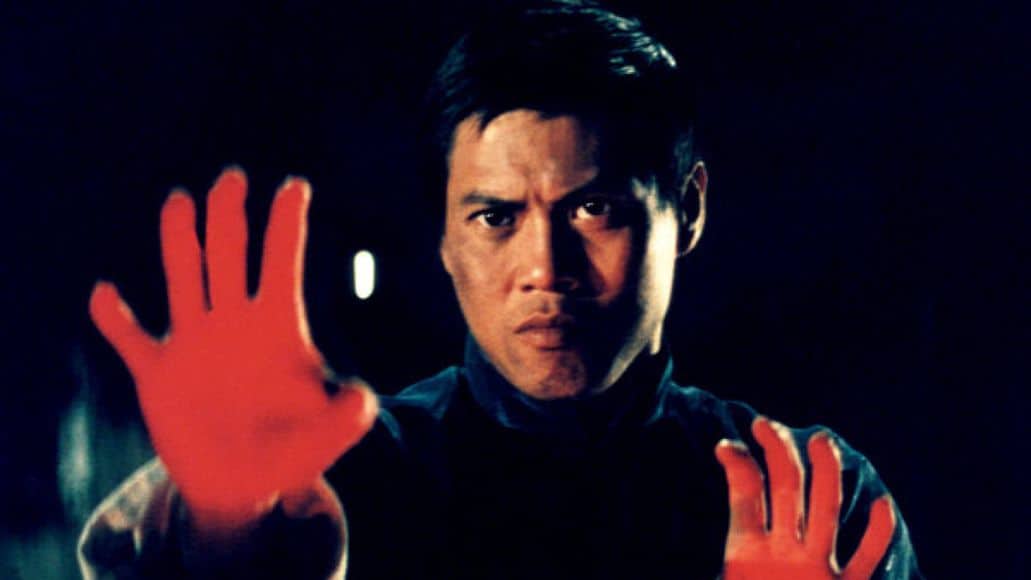Seemingly a crime film, Taisei Kamiyama's feature is actually an indie road movie, although classifying such an effort in just one genre seems completely futile. Let us take things from the beginning though.
“Tokyo Girl and Boy” is screening at Japan FilmFest Hamburg

After Jo gets into a fight in the street one night in Tokyo, he and his two inseparable, small-time gangster friends, blond-haired Narita and bobcut Nico, find themselves having to do a job for the mafia, which involves breaking, entering and stealing. However, during the “operation” an uninvited guest arrives, with them ending up killing him, while the goods they are supposed to steal are inside an uncrackable safe. Not sure what to do, the three of them decide to take the body and put it into a stolen car, in order to dump it somewhere, but to their surprise, they find a bound girl in the back of the vehicle. Kaoruko eventually joins them as she starts to share a connection with Nico, with the four of them eventually ending up in the house of one of Jo's friends. As time passes, however, their situation becomes more dire, guns are involved, Nico becomes more and more paranoid, while Kaoruko's reasons for being in the back of the truck are also revealed. In the end, Jo decides to take their fate in his hands, acknowledging his role in the whole endeavour.

Using a number of genre elements, including that of the crime and the road movie, Kamiyama essentially creates a portrait of alienation and loneliness, which seems to be the driving force behind all the, occasionally irrational, actions of the protagonists, and their palpable frustration, where suicide and self-sacrifice are definitely not out of the question. Once more in a Japanese movie, the previous generation shines through its absence, resulting in the young protagonists roaming their own life without a sense of purpose and no guidance whatsoever.

The bleakness of this setting is brightened, however, by the concept of friendship and dedication to each other, and eventually romance, both of which are portrayed as providing the only solace the protagonists can find in the downward spiral their actions, but also their overall lives, have led them into.
Apart from the contextual approach towards these messages, Kamiyama also implements the production values in order to communicate his comments. Night time Tokyo in particularly, which is presented through a noir approach, functions as the main medium of this tactic, with the work done in the lighting and the cinematography being top-notch, only with the exception of the car scenes, which could have been done in a much better fashion, particularly regarding the individualism of the characters. The excellent, low-key (for the most part) music also adds to the comments and aesthetics, with the same applying to Kaoruko's overall appearance, whose hair and skin color frequently provide the only source of brightness, both literally and metaphorically. Hikaru Saiki in the part, gives the best performance in the film, showcasing her character's hope for change but also the underlying sadness in the best way, followed by Ryota Komatsu, whose Nico is the embodiment of the film's overall aesthetics.
The action scenes and particularly the final one could have been a bit better planned and implemented, but in general, also manage to communicate the despair the protagonists feel rather clearly. At the same time, the finale, which brings the circle that opens in the beginning to a full closure, concludes the pessimism that dominates the narrative in the best way, highlighting the fact that hope is brief, and essentially, just a lie.
“Tokyo Girl and Boy” has some issues regarding its technical aspects, but, overall, emerges as a worthy indie effort that communicates its pessimism in a rather eloquent fashion.















